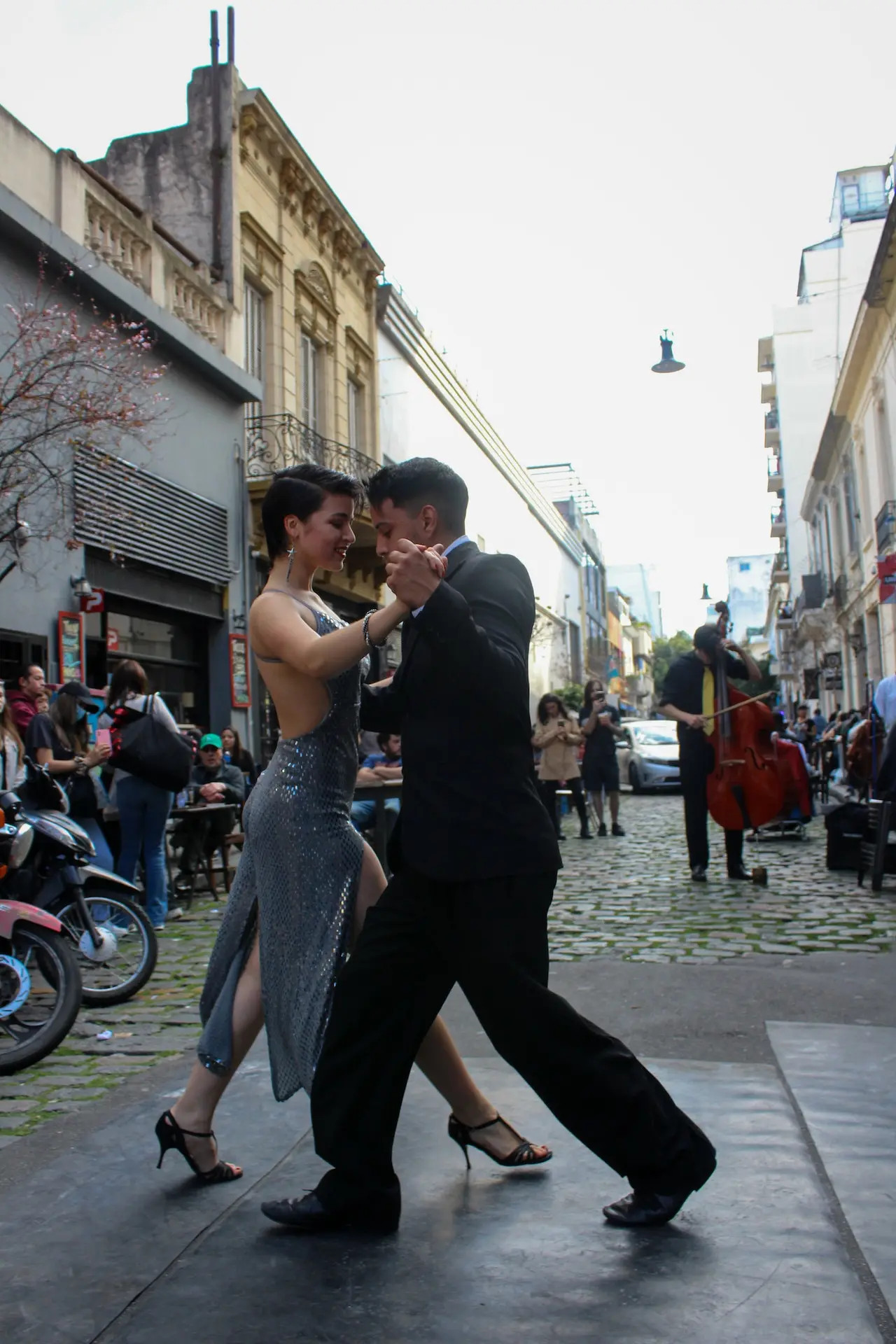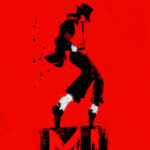The age-old question within the world of movement often echoes: Is dance an art form, or is it a sport? At ten-dance.com, we believe dance transcends simple categorization, embodying both artistic expression and athletic prowess. While the beauty and emotional depth of dance are undeniable, it’s crucial to recognize and celebrate the significant athleticism inherent in virtually every dance style. Let’s delve into why dancing is unequivocally a sport, demanding rigorous physical training, competitive spirit, and exceptional skill, much like any traditional athletic discipline.
The Undeniable Physicality of Dance: Why Dancers Are Athletes
When defining “sport,” dictionaries often highlight competitive physical activity requiring skill and exertion. Dance fits this definition perfectly. Anyone who has witnessed or participated in dance knows firsthand the intense physical demands it places on the body.
Consider the sheer stamina required. Dancers, much like endurance athletes, often perform routines lasting minutes or even hours. This demands incredible cardiovascular fitness and muscular endurance. Think of ballet dancers maintaining perfect posture and executing complex sequences, or hip-hop dancers performing high-energy, acrobatic moves. These are not feats achievable without dedicated physical conditioning. Just as a sprinter pushes their anaerobic limits, dancers frequently find themselves breathless after intense bursts of movement. Similarly, like marathon runners, dancers in longer performances exhibit remarkable endurance.
Beyond stamina, dance demands a unique blend of strength, agility, and flexibility. Dancers build significant muscle strength to execute lifts, jumps, and intricate footwork. Agility is paramount for quick changes in direction and complex choreography. Flexibility, often honed through years of dedicated training, allows for the extended ranges of motion seen in various dance forms. This combination of physical attributes is precisely what defines an athlete.
Moreover, the training regimen of a dancer mirrors that of any elite athlete. Dancers undergo rigorous daily practice, focusing on technique, strength conditioning, flexibility training, and injury prevention. They dedicate countless hours to perfecting their craft, pushing their physical limits, and striving for peak performance. This commitment to physical excellence is a hallmark of athletes across all sports.
Competition and Skill: The Hallmarks of Sport in Dance
Competition is another key element that firmly places dance within the realm of sport. Dance competitions are prevalent worldwide, ranging from local events to prestigious international championships. These competitions showcase dancers’ athleticism, technical skill, and artistry, judged against stringent criteria.
In competitive dance, individuals, pairs, or teams are pitted against each other, striving for victory. Judges evaluate performances based on factors like technical execution, synchronization, musicality, and stage presence. This competitive environment fosters discipline, dedication, and a drive for continuous improvement – qualities synonymous with the sporting world.
Various dance genres feature strong competitive scenes. Ballroom and Latin dance competitions, for instance, are recognized globally, with dancers vying for titles in events that demand both grace and powerful athleticism. Hip-hop dance battles are another testament to the competitive nature of dance, emphasizing improvisation, creativity, and raw physical prowess. Even styles like contemporary and jazz, while often focusing on artistic expression, have competitive avenues where technical skill and athletic capabilities are judged.
Furthermore, the skill component in dance is undeniable and highly refined. Dancers spend years honing their technique, mastering complex steps, and developing the nuanced control required to execute movements with precision and artistry. This level of skill acquisition is comparable to the dedication and practice required to excel in sports like gymnastics, figure skating, or martial arts – disciplines widely recognized for their athletic demands.
 The Great Debate: Is Dance a Sport or an Art?
The Great Debate: Is Dance a Sport or an Art?
Image alt text: A dynamic and energetic dance performance showcasing the athleticism of dance, with dancers in mid-movement highlighting strength, agility, and coordination.
Acknowledging the Artistry, Embracing the Sport
While we emphatically argue that dancing is a sport, we also acknowledge and celebrate its inherent artistry. Dance is undoubtedly a powerful form of artistic expression. It allows for storytelling, emotional conveyance, and creative interpretation through movement. However, the artistic dimension of dance does not negate its sporting nature; rather, it enriches it.
Just as figure skating and gymnastics blend artistry and athleticism, dance seamlessly integrates both. Choreography, often considered the artistic blueprint of a dance piece, can also be viewed as a strategic game plan in a competitive context. Dancers use choreography to showcase their strengths, highlight their unique style, and connect with the audience and judges, much like athletes strategize to win games. The emotional expression and storytelling within dance elevate the athletic performance, making it even more captivating and impactful.
Conclusion: Dance – A Sport Deserving Recognition
The debate of dance as art versus sport is ultimately a false dichotomy. Dance is not limited to a single definition; it is a multifaceted activity that embodies both. However, it’s crucial to recognize and champion the “Dancing Is Sport” perspective to fully appreciate the dedication, athleticism, and competitive spirit of dancers worldwide.
Dismissing dance as merely an art form overlooks the rigorous physical training, the demanding skill set, and the intense competition that are integral to so many dance disciplines. Just because dance may not always be categorized alongside traditional sports in mainstream discussions doesn’t diminish its athletic validity.
Dance is a sport that demands as much, if not more, physical prowess, dedication, and mental fortitude as many conventionally recognized sports. By embracing the understanding that dancing is indeed a sport, we can better appreciate the incredible athletes who grace the dance floor and stage, pushing the boundaries of human movement and athleticism while simultaneously creating breathtaking art.
Explore the athletic side of dance and discover the joy of movement. Check out our timetable and book your first group class for free here.
FAQ
Is dancing a sport or an art?
It’s both! The context often dictates the emphasis. Competitive dance forms, like DanceSport, lean heavily into the “sport” aspect, requiring intense training and athleticism. Choreographed performances designed for artistic expression prioritize the “art” aspect, focusing on storytelling and emotion. However, athleticism is foundational to almost all forms of dance.
Is dancing a sport, yes or no?
Yes, definitively yes. Dance is a physically demanding activity that can be pursued competitively, either individually, with a partner, or as part of a team. It requires significant physical exertion, skill, and dedication, aligning perfectly with the definition of a sport.
Is dance considered an art?
Absolutely. Dance is a powerful and beautiful art form. Through movement, dancers can express emotions, tell stories, and evoke aesthetic responses in audiences. The artistry of dance, however, is often built upon a foundation of immense athletic capability and physical control.

